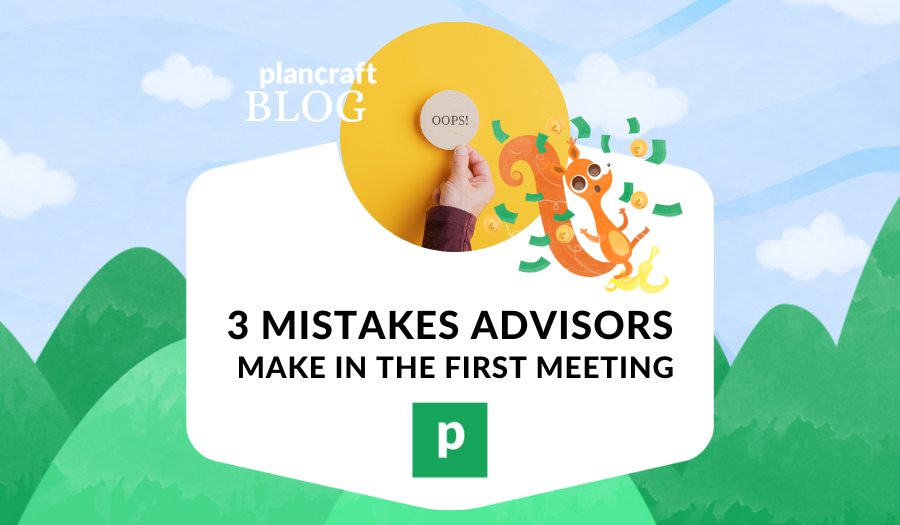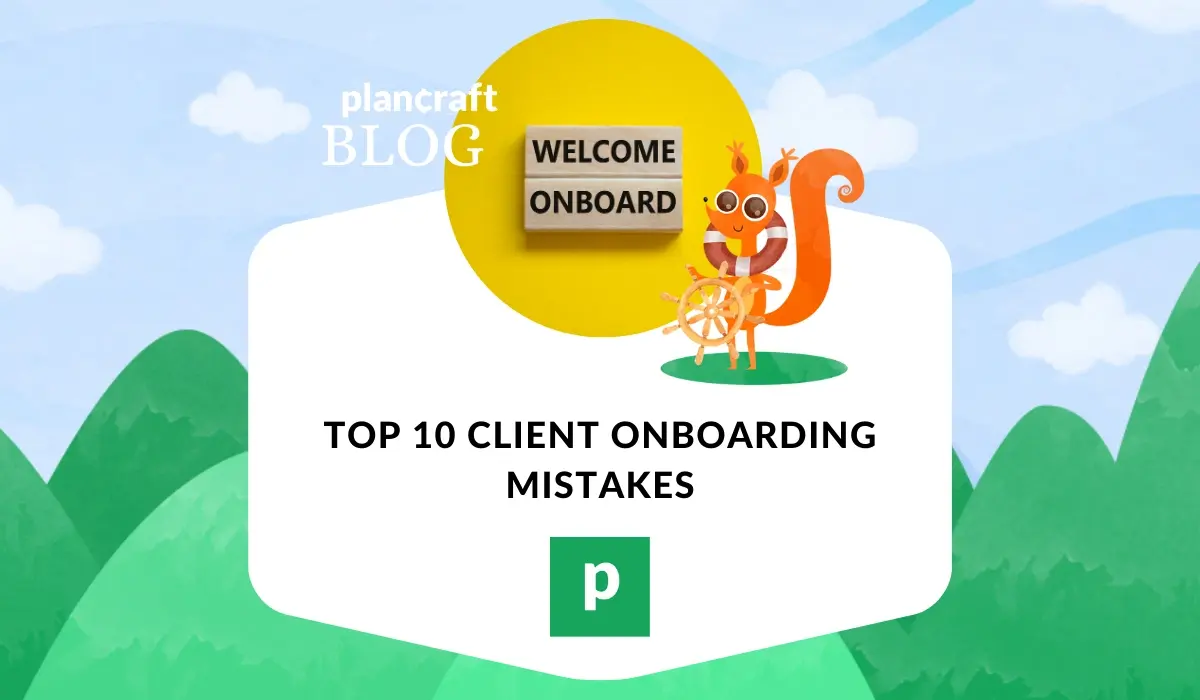Stepping into a first meeting with a new client can feel like the first day of school. You’re eager to make a good impression, share your knowledge, and seal the deal. But sometimes, enthusiasm can lead us down the path of some common missteps. Here’s how to avoid those pitfalls and turn that first meeting into the beginning of a stellar advisory relationship.
1. Talking Too Much About Yourself
It’s natural to want to establish credibility by sharing your qualifications and successes, but this can sometimes backfire. Clients come to you with their financial hopes and fears, not to hear your resume. The focus should be on them from the get-go. Start the conversation by asking about their financial goals, concerns, and what they hope to achieve by working with you. This shows that you’re interested in their needs, which builds trust and sets the stage for a productive relationship.
Effective communication is a two-way street that involves as much listening as talking. Show genuine interest in your client’s needs and concerns by practicing active listening. Reflect on their comments to clarify and deepen the conversation, and ask insightful follow-up questions that probe deeper into their financial goals and personal values. This not only aids in crafting more customized advice but also makes clients feel valued and understood, enhancing their comfort level and trust in your services.
2. Overloading with Information
Bombarding clients with too much technical information can be counterproductive, leading to confusion rather than clarity. Clients appreciate and benefit from information that is presented in a straightforward and understandable manner. Advisors should aim to use simple language and practical examples to elucidate financial concepts, ensuring that clients can easily grasp and apply the information to their own financial situations.
To make financial concepts more accessible, it's helpful to break down complex ideas into digestible parts and relate them to everyday experiences that resonate with the client. This method not only aids in understanding but also empowers clients to make informed decisions confidently. By focusing on clarity and relevance, advisors can avoid overwhelming clients and instead foster a sense of competence and trust in the financial planning process.
3. Pushing for a Quick Decision
Pressuring clients to make quick decisions can be detrimental to building a strong, trust-based financial advisory relationship. Instead, fostering an environment where clients feel no pressure to rush their decisions can lead to more thoughtful and committed outcomes. By encouraging clients to take their time, advisors demonstrate respect for the client's personal decision-making process. This approach helps clients feel valued and understood, which is crucial for establishing trust and long-term engagement.
To further enhance this relationship, advisors should offer to schedule follow-up meetings. These sessions can be used to address any questions or concerns that may arise after the initial consultation. Providing this continuous support not only reassures clients but also affirms the advisor's commitment to their long-term financial well-being. Such a strategy not only reduces the likelihood of clients feeling overwhelmed but also increases their confidence in making informed decisions, ultimately strengthening the advisor-client bond over time.
Turning Meetings Into Successes
By flipping these common mistakes into positive practices, you create an environment where clients feel heard, respected, and empowered. This not only increases the likelihood they’ll want to work with you but also lays the foundation for a long-lasting advisor-client relationship. Remember, the first meeting is about setting the tone for collaboration, not clinching a quick deal. Keep it light, make it insightful, and watch your client relationships flourish!









